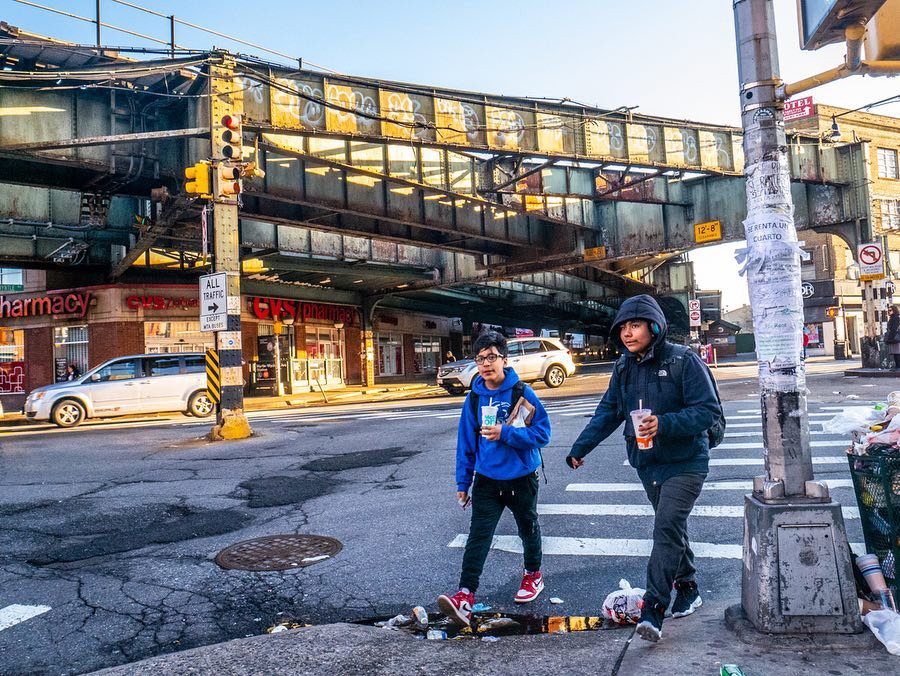When the L train closure was announced in 2016, everyone saw it coming: the hipster exodus. The young professionals settled in Williamsburg and Bushwick would struggle with the inconvenience of shuttle bus service taking them to the Marcy stop on the JMZ line. And walking to alternative subway routes like the G train? Forget about it.
The impending closure began to effect real estate in the area. In 2017, vacancy rates were at 13 percent and real estate managers were struggling to salvage the allures of the area. However, when Governor Cuomo announced that the L train would not be permanently closed for the 15-month repair, business owners and residents along the L train collectively sighed in relief.
The L train now has modified service, with trains running every 20 minutes between Brooklyn and Manhattan on weeknights after 8 p.m. and all weekend. The MTA has posters advertising for transit-goers to take the G, J or M for faster routes into Manhattan. Instead of walking, passengers can take buses that allow access to these lines. The Williamsburg Link bus operates on two routes — one clockwise (B92) and one counterclockwise (B91). The bus routes connect the Bedford Avenue (L train), Metropolitan Avenue – Lorimer Street (G/L train), Marcy Av (J/M train) and Hewes Street (J/M train), though only the B92 bus connects to Hewes St.
FlatRate Moving, a company that helps move residents, released a list of the trendiest neighborhoods in New York City based on customer data from more than 35,000 moves. They found that Bushwick and Williamsburg were the most popular neighborhoods with the highest increase of movers at nearly 39 percent.
“Surprisingly, the canceled L train shutdown did not sway interest in moving to Brooklyn. Within the past year, interest in moving into Brooklyn has actually skyrocketed,” said FlatRate founder Sharone Ben-Harosh. “The area still represents a haven for creatives, musicians and young professionals looking for lower rents and a vibrant cultural scene. While rent is getting more expensive in certain parts of Brooklyn, it’s still cheaper than Manhattan. So a slight disruption in L train service over the next few years won’t stop the popularity of Bushwick/Williamsburg as great places to live.”
Greenpoint followed Bushwick/Williamsburg with a nearly 38 percent increase, Flatbush at 27 percent, Central Harlem at 26 percent, and Long Island City at nearly 24 percent. This spring, fewer New Yorkers are moving to Soho and Tribeca (-3.1 percent), Northwest Brooklyn (-3.0 percent), West Central Queens (-2.7 percent), East Harlem (-2.3 percent) and Downtown Manhattan (-1.1 percent).
“Brooklyn is home to many diverse ethnic communities, which is unique and vastly different compared to neighborhoods in Manhattan,” said Ben-Harosh. “Plus, the rent is a bit lower, especially for walk-ups and apartments that are not so close to the subways.”
For now, it seems that Williamsburg and Bushwick residents will ride out the L train disruption for the slightly cheaper digs and $6 happy hour drinks.
Photo Courtesy of Travis American
For more news, sign up for Bushwick Daily’s newsletter.



